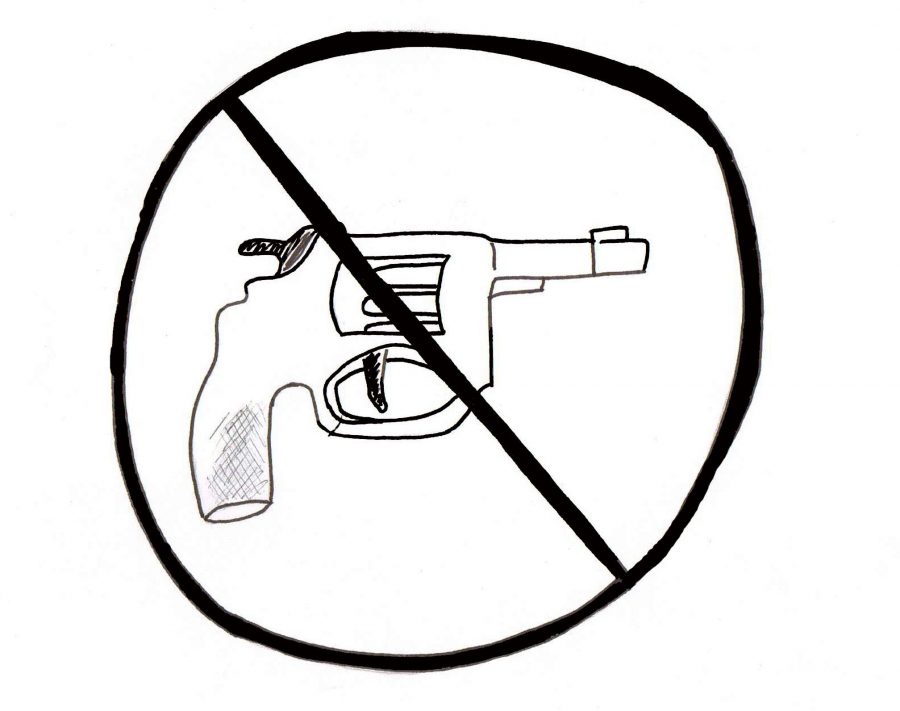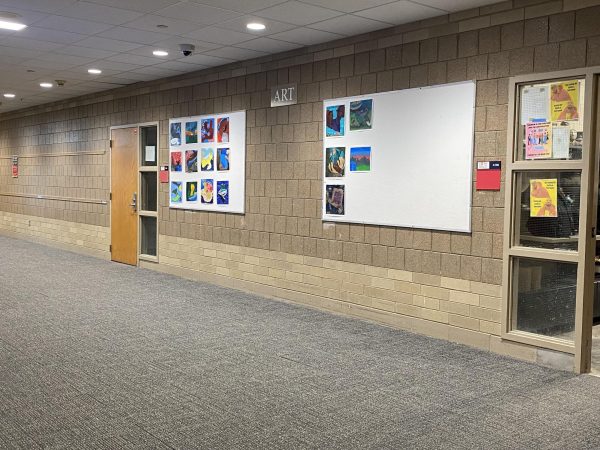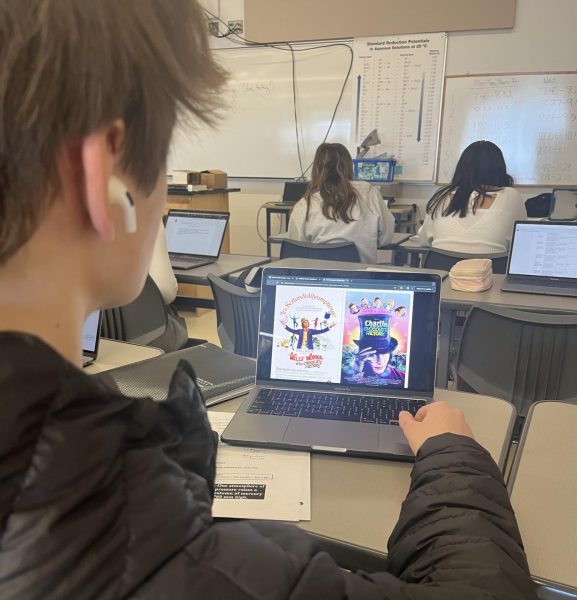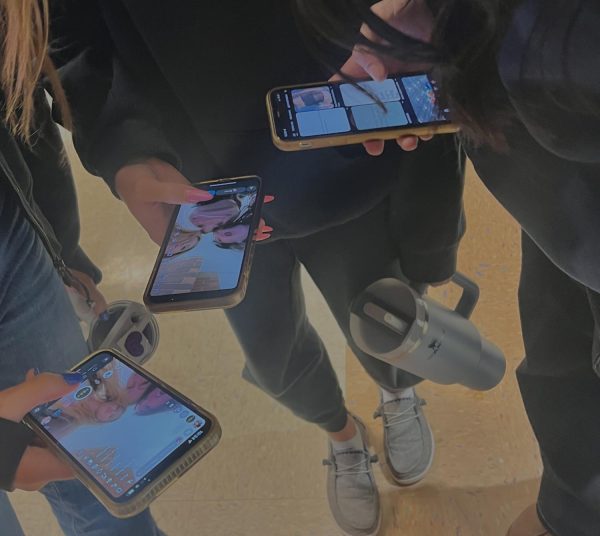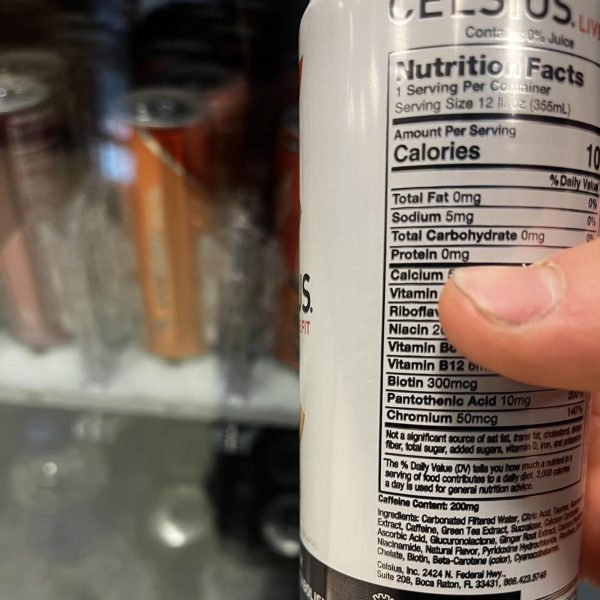Undetectable Firearms Act necessary to ensure safety
January 12, 2014
Just before the midnight deadline, Congress agreed to renew a bill extending the Undetectable Firearms Act for ten more years on Dec. 9. With the anniversary of one of the worst shootings in the history of the United States, that of Sandy Hook Elementary on Dec. 14, tensions are high and so is patriotism. The much needed bill will ensure the illegality of the creation and ownership of firearms that are undetectable by a metal detector.
Senator Christopher Murphy thinks, “It’s time that we recognize that the future is here. Plastic guns are real. And as we approach the one-year anniversary of the most horrific school shooting that this country has ever seen, it is critical for us to what we have many times before: Reauthorize and update the Undetectable Firearms Act.”
The main focus of the bill is to eliminate the threat that 3-D printing poses to national security. A 3-D printer allows someone of any culture and any quality of mental health to create a plastic gun that is undetectable by security systems. Smuggling these firearms onto planes could theoretically be very easy because it would have no problem passing through metal detectors.
Representative Steve Israel said this on the House floor, “In 1988, when we passed the Undetectable Firearms Act, the notion of a 3-D printed plastic firearm slipped through metal detectors, onto our planes in secure environments was a matter of science fiction, the problem is that today it is a reality.”
The typical medium quality handgun costs an average of $500; this can be compared to a low quality 3-D printer that costs at least $1000. A high quality 3-D printer may cost as much as $10 thousand. Other than those who already own a 3-D printer, it isn’t economically viable to spend thousands of dollars on a device that will produce a very fragile plastic gun. Depending on the type of plastic and the quality of the printer may not even hold up when firing bullets. It would only make sense that the people creating these firearms are either a part of the minority that owns 3-D printers, entrepreneurs that intend to make a profit off the firearm or those who intend to use the weapon for possibly illegal purposes that require its concealment.
Lt. Francis Healy, special adviser to the police commissioner of the Philadelphia police department had this to say on the passing of the bill “It’s not like we saw a rash of 3-D printed guns in Philadelphia, but the city council is just trying to be proactive.”
The law still allows for the production of 3-D guns, however they must include a metal strip that allows them to be identified in a metal detector. This is slightly controversial because the strip is not permanent and easily removable.
Only good can come from the renewal of this law and it in no way inhibits American’s rights to own and carry a firearm. Hopefully more regulations will be instated to further ensure the protection and safety of the American people and work out any kinks in the system.


